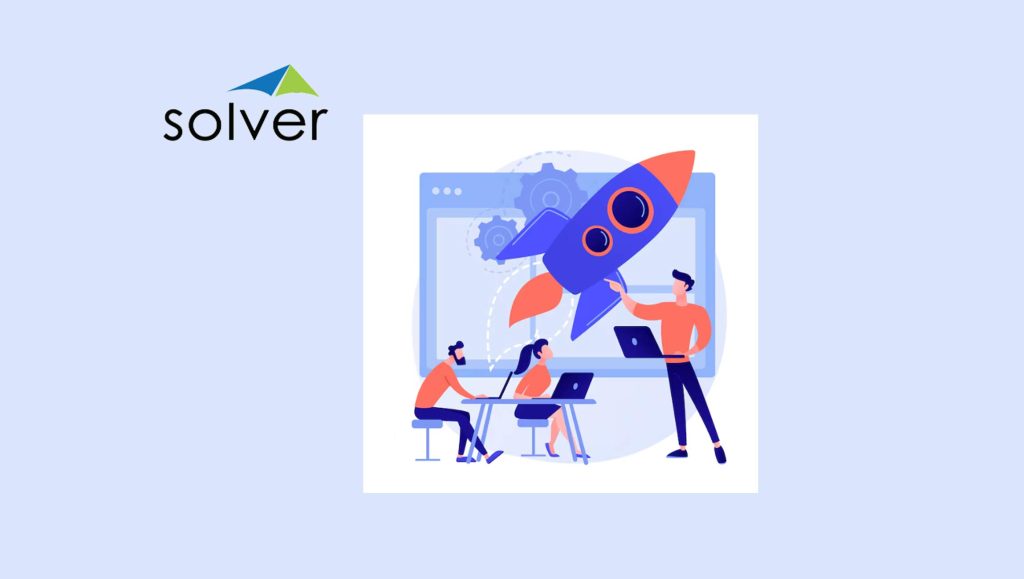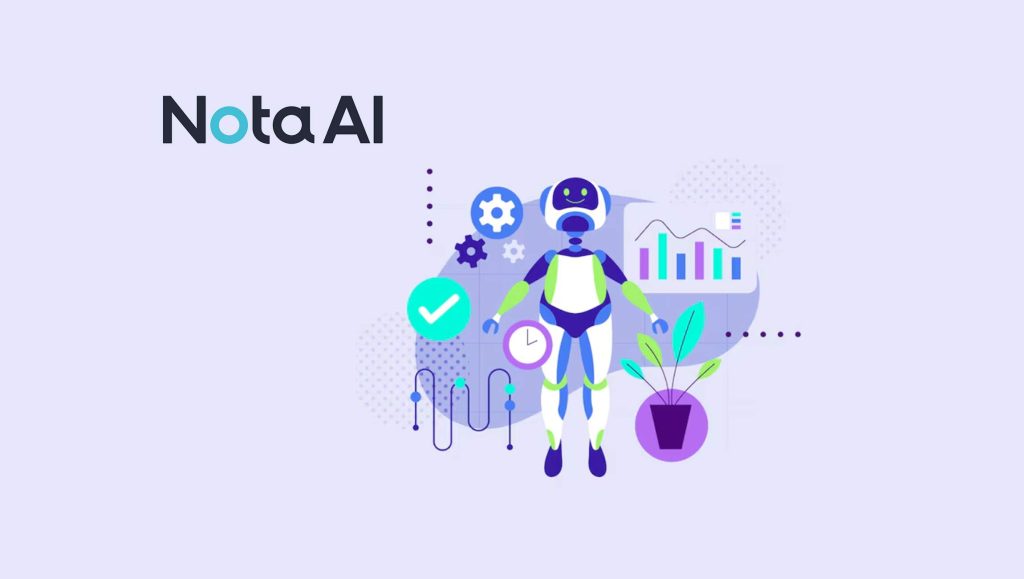A recent EConsultancy Conversion Rate Optimization Report found that 96% of organizations rated marketing personalization as a “highly” or “quite” valuable method for improving conversion rates.
The shift from simply discussing the possibilities of personalization to real-world deployments has been especially pronounced in the B2B marketing world, given the increased investments and emphasis on areas such as account-based marketing (ABM) and persona-based marketing.
B2B marketers are using new tools, data and tactics to identify, engage, qualify and convert qualified prospects into opportunities by delivering more relevant messages and offers at key stages of the buying journey.
Gartner predicts by 2020, smart personalization engines used to recognize customer intent will enable digital businesses to increase their profits by up to 15%. Personalization allows marketing organizations to execute the strategy across a variety of channels, including web, social and email, as well as integrate the approach into key initiatives, such as ABM, lead nurturing and ad targeting.
While this is all great news, many B2B organizations don’t have a sound strategy and the right planning components and therefore miss out on the real rewards they should expect from their personalization deployments.
To help B2B marketers get off on the right foot when planning for personalization, there are four key elements B2B marketers need to consider:
Step One: Determine if Personalization is Right for Your Company
It’s clear personalization is a powerful engagement strategy for many diverse B2B brands, but determining if it is good for your organization depends on key factors. Industry experts suggest considering these factors before launching personalization for your company:
- Analyze Existing Website Traffic – Because most companies start their personalization by delivering targeted website and email messaging, a company with limited website traffic may need to start with a broader cross-channel personalization strategy, which could both increase visitors and improve conversion rates from the site.
- Align Audience and Goals – Understanding the key personas already visiting your site and determining which of those groups are most valuable is a critical step. Knowing how those personas interact and what content they engage with can often help tailor targeted messaging to other audiences.
- Do your Data Housekeeping – Having detailed, clean and accurate data on your current customers and prospects is vital to rolling out a successful personalization strategy. While many partners can help with this initiative, experts caution companies not to skip the steps of integrating, cleaning and updating internal data because many foundational steps and follow-on reporting will depend on accurate analysis of your current audience.
Make Your Website Your Central Point for Personalization
Because web searches are often the first stop on the B2B buying journey, many companies are following a similar path to HPE and making their websites a central part of their initial personalization strategy.
Given the growing expectation of context and relevance when engaging a potential solution provider, more B2B organizations are investing in solutions that help deliver tailored and customized experiences to each web visitor as part of a broader personalization strategy.
Some large B2B brands have begun tailoring specific journeys for different buyer personas on their website. M-Files, a global intelligent information management company, began implementing Account-Based Marketing in 2016 to aim for a more focused engagement strategy.
With the website at the center of their new strategy, enterprise information management company, M-Files personalized the homepage experience for ten industries, four roles, and two company sizes. “We wanted to surface the content that was buried within our site structure and bring it forward in an intelligent manner,” says Todd McVeigh, M-Files Search and Social Media Marketing Manager.
The effort resulted in a decreased bounce rate of 29% compared to 53% without personalization. Targeted visitors stayed on site for longer durations and engaged with more pages.
Add Context to Your Content Strategy
While the website is typically the pillar of a personalization strategy, the next critical component for many B2B organizations is aligning their content to targeted audiences.
There’s no question that content is central to engaging today’s connected buyers, but the massive expansion of general-interest content has resulted in many B2B buyers feeling overwhelmed by the noise from too many offers.
Rather than simply cranking up the dial to create more general-interest content, B2B buyers are asking solution providers to focus more on developing information tailored directly to their needs. Industry experts suggest a key to developing the right content to support a personalization strategy is to first have well-defined buyer personas or at least segmented audience profiles.
Many companies that have gone through this exercise are pleasantly surprised to learn much of what they need for targeted offers already exists and simply involves repurposing current material with more targeted languages and information.
Applying Intelligence to Ad Targeting
Once the website and content have been established as pillars of a personalization strategy, the next step for many companies is to align their campaigns and messaging with their advertising spend.
Personalization has proven to be a powerful way to maximize today’s sophisticated ad targeting, serving and tracking technologies because of its ability to target audiences by company characteristics, job role, interests and behavior.
By combining the intelligence offered by a personalization platform with re-marketing and retargeting, many B2B brands are boosting conversion and close rates.
Offsite intent data is also emerging as another effective element of personalization strategies because it goes beyond IP address-targeting to identify current and prospective buyers at the opportune time they’re researching products or services a company offers.
Many marketers are using offsite intent data to optimize their paid media investment, especially when they are struggling with attributions, but want to deliver targeted experiences to high-value prospects. By adding intelligence on a visitor’s interests, intent data powers personalization strategies that deliver even when referral links and keyword attribution break down.
Offsite intent data and prioritization of data played an important role in marketing personalization efforts at Cloudera, a machine learning and advanced analytics software, support and training provider. The company tapped a B2B marketing agency and an offsite intent data platform to narrow a list of 2,500 contacts to 700 priority prospects. After deploying the campaign across multiple channels, the company credited the targeted strategy and consistent, tailored messaging with helping to close more than 30 significant deals.
B2B marketers are doubling down on marketing personalization. More than half of respondents to EConsultancy’s 2017 Digital Trends Survey planned to increase their investment in personalization this year, while only 5% anticipated reducing it.
In addition, Forrester’s 2016 survey on personalization programs found that personalizing customers’ digital experiences was a priority for 68% of respondents.
The concept of personalization is hardly new, but the ability to cost-effectively and efficiently deploy it at scale via today’s advanced data and technology solutions means more B2B companies, large and small, can adopt personalization to forge meaningful relationships with customers and prospects. More B2B marketers are realizing that personalization is much more than a tactic or a tool, and that it presents a holistic approach to support an organization’s overall marketing and business objectives.
Companies that commit to personalization are reaping huge dividends. However, a major part of that success is having the right strategy and powerful tools to help automate the personalization process and best leverage the wealth of data that’s available.
With these processes in place, B2B companies will gain a significant competitive edge by offering relevant, contextual experiences that resonate with prospects and customers, helping marketers to drive conversion and close deals.





















